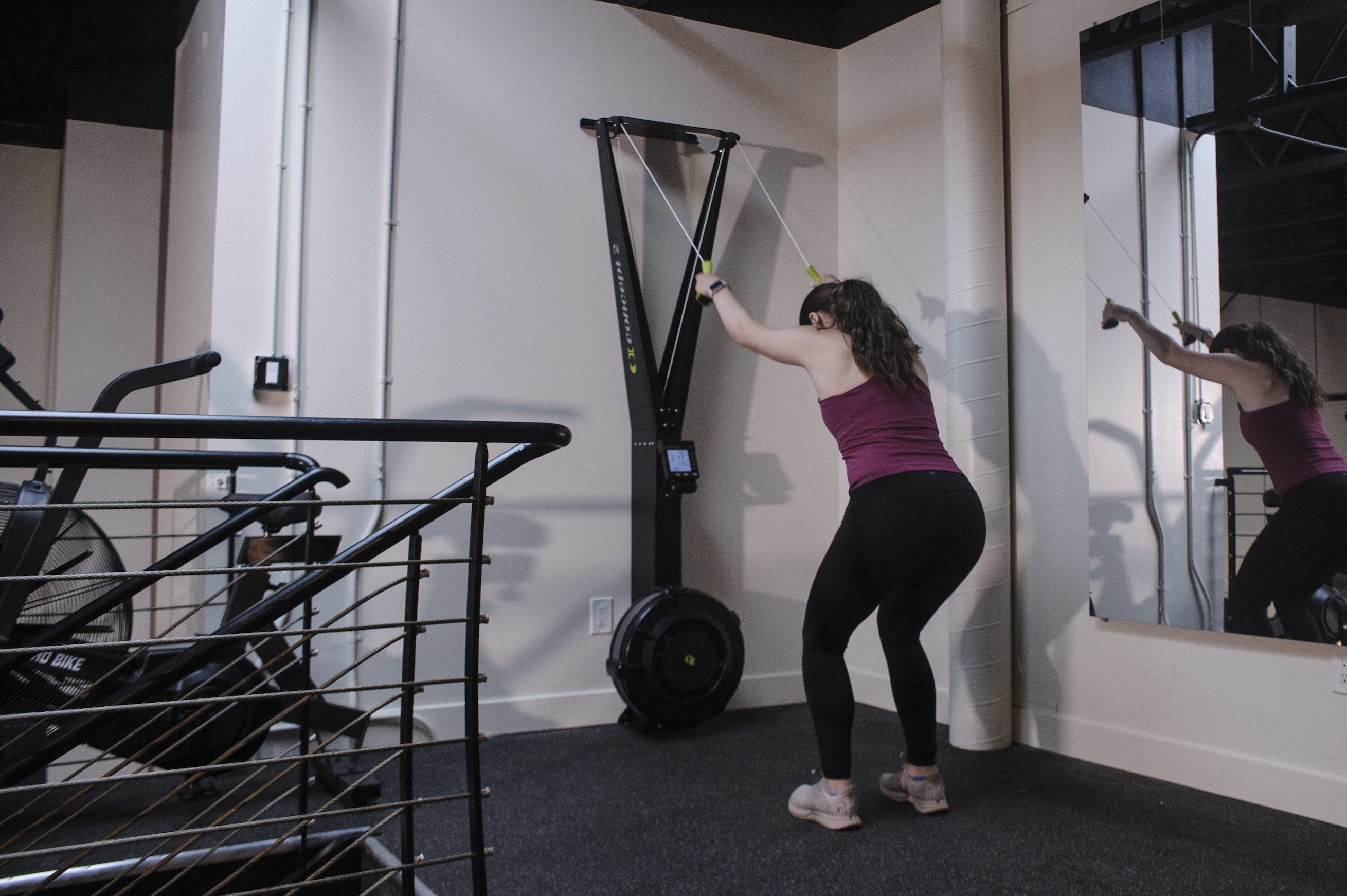
Moguls are one of the most challenging terrains for skiers, requiring quick reflexes, strong legs, and precise edge control. If you’re not prepared, skiing moguls can feel like a battle against the bumps—leading to exhaustion, loss of control, and even falls.But what if you could train for moguls without even being on the mountain? Whether you don’t have access to mogul terrain or just want to build confidence before your next ski trip, this guide will show you how to train for moguls at home, in the gym, and on a ski simulator.
Mogul skiing requires a combination of balance, agility, and explosive leg strength. Without proper training, you may struggle with:
By focusing on strength, agility, and reaction drills, you can train your body to handle moguls before you ever hit the snow.
1. Plyometric Leg Exercises for Explosive Power
Mogul skiing demands quick, explosive leg movements to absorb the bumps and maintain a rhythm. To build power, incorporate:
Best Exercises for Mogul Leg Strength:
Why It Works: These exercises replicate the rapid up-and-down movement required for skiing moguls with control.
2. Balance & Core Work for Stability in Moguls
Mogul skiing requires excellent balance and core stability to stay centered while navigating bumps.
Best Balance Drills:
Why It Works: Strong core and balance training prevent you from getting thrown off by moguls and help with faster edge transitions.
3. Agility & Quick Footwork Training
Moguls force skiers to make rapid edge changes and stay light on their feet. If you’re not quick, you’ll get stuck in the troughs between moguls.
Best Agility Drills:
Why It Works: These exercises develop faster reflexes and footwork, so you can stay ahead of the bumps.
The fastest way to train for moguls without actually skiing moguls is to replicate the movement patterns in a controlled environment.
Why Train on a Ski Simulator?
If you want to train for moguls efficiently, a ski simulator is the best way to develop the rhythm, balance, and strength required for bump skiing.
Want to train for moguls without the risk of falling? Discover how a SkyTechSport Ski Simulator can help you master mogul technique indoors before hitting the slopes. Learn more by clicking here.
Watch this Instagram video to see how you can train for moguls on the SkyTechSport Ski Simulator and master the rhythm of the bumps before you hit the mountain.
